 Rising CO2 Levels & Hurricane Activity
Rising CO2 Levels & Hurricane Activity [Editor's Note: The following is a research article by Dr. William Gray, otherwise known as the "Hurricane Doctor," at Colorado State University. Dr. Gray was the first researcher to regularly forecast the number and intensity of tropical cyclones with accuracy, and continues to lead the way in hurricane research in the Atlantic Basin.]
The official end of the 2008 Atlantic basin hurricane season occurred last Sunday (November 30). This year was an active and destructive season. My colleague, Phil Klotzbach and I were very happy to see that our forecasts for this year’s activity worked out well, as did NOAA’s seasonal hurricane forecast. See our website for a 53-page summary of this season’s activity. Although this is my 25th year of making these seasonal forecasts, Klotzbach should get most of the credit for the success of this year’s forecast.
President-Elect Barack Obama said last week that “storms are growing stronger with each passing hurricane season” (implying that this is due to CO2 increases). He is repeating what Al Gore has been saying for years and what was implied by thousands of media reports after the damaging Atlantic seasons of 2004-2005. Polls have shown that a relatively high percentage of US citizens think that human-induced global warming has increased hurricane activity.
Yes, the Atlantic has seen a very large increase in major hurricanes during the 14-year period of 1995-2008 (average 3.9 per year) in comparison to the prior 25-year period of 1970-1994 (average 1.5 per year). But, have rises in CO2 been, in any way, been responsible for the recent large upswing in Atlantic basin major hurricanes since 1995?
I and a number of my colleagues believe that this large increase in Atlantic major hurricanes is primarily due to the multi-decadal increase in the Atlantic Ocean Thermohaline Circulation (THC) that is driven by Atlantic salinity variations. These Atlantic multi-decadal changes have also been termed the Atlantic Multidecadal Oscillation (AMO). These increases are not a result of global surface temperatures or CO2 increases.
In the quarter-century period from 1945-1969 when the globe was undergoing a weak cooling trend, the Atlantic basin experienced 80 major (Cat 3-4-5) hurricanes and 201 major hurricane days. By contrast, in a similar 25-year period from 1970-1994 when the globe was undergoing a general warming trend, there were only 38 major hurricanes (48% as many) and 63 major hurricane days (31% as many). Atlantic sea surface temperatures and hurricane activity is related to but does not necessarily follow global mean temperature trends.
The active hurricane season in 2008 lends further support to the belief that the Atlantic basin remains in an active hurricane cycle associated with a strong thermohaline circulation and an active phase of the Atlantic Multidecadal Oscillation (AMO). This active cycle is expected to continue for another decade or two at which time we should enter a quieter Atlantic major hurricane period like we experienced during the quarter-century periods of 1970-1994 and 1901-1925. Atlantic hurricanes (particularly major hurricanes) go through multi-decadal cycles. Cycles in Atlantic major hurricanes have been observationally traced back to the mid-19th century, and changes in the AMO have been inferred from Greenland paleo ice-core temperature measurements going back thousand of years.
The influence of rises in atmospheric CO2 on hurricane activities is likely to be very small and within the noise level of our measurement capability or of any reliable numerical model output. There is no way of telling whether CO2 rises might have a miniscule positive or a miniscule negative effect on hurricane frequency or intensity. It would be unwise for our society to reduce atmospheric CO2 gases under the naïve belief that we would in any way be reducing the damage from these storms.
WEATHER NOTE
Study Finds Weather Conditions Have Significant Effect on PM Concentrations
5 December 2008
Dry winter weather and a low mixing layer height (MLH) for pollutants from vehicle exhausts lead to the highest concentrations of PM10 in cities, according to a team of German scientists writing in the January 2009 issue of the International Journal of Environment and Pollution. Their findings suggest that traffic controls, other than an outright ban for several days at a time, would have little effect on pollution concentrations.
The mixing layer is the portion of the atmosphere close to the surface layer where air pollutants get diluted, without leaving this layer. The height of the mixing layer is a gauge of the vertical dilution of air pollution, and is affected by vertical temperature and moisture profiles in the lower atmosphere.
Jutta Rost of the Meteorological Institute, at the University of Freiburg, and colleagues there and at the Fraunhofer Institute for Transportation and Infrastructure Systems, in Dresden, and the Federal State Institute for Environmental Protection, in Baden-Wuerttemberg, carried out a retrospective analysis of the atmospheric conditions that affected PM10 levels in four cities (Freiburg, Karlsruhe, Mannheim and Stuttgart) in South-West Germany during the period from 2001 to 2005.
The four cities exhibit different emission conditions, particularly various levels of traffic load. For each city, the team obtained PM10 data from roadside stations and urban background (UB) stations within the official air quality monitoring network in the Federal State of Baden-Wuerttemberg (South-West Germany. This provided them with two distinct types of official urban air quality data against which they could validate their findings.
They then looked at atmospheric exchange conditions as represented by sunlight levels, air temperature, wind speed, rainfall, and the height at which PM10 particles and other pollutants are mixing with the atmosphere.
The results of the statistical analysis indicate that precipitation and mixing layer height are the two main meteorological variables that influencing concentrations of PM10 particles at road level within cities. The data from both types of measuring stations gave the same results.
Extremely high PM10 concentrations were recorded during stable stratification and low turbulent exchange during stagnant synoptic situations. The highest PM10 concentrations were observed on days with low hML [mixing layer height] values. These situations occurred most commonly in the winter half year, whereas PM10 concentrations only seldom exceeded the short-term PM10 standard of 50 µg m-3 in the summer half year.
In winter, high pressure situations are characterized by a negative net radiation balance and hence stable stratification even during day-time, while in summer the net radiation balance is negative in the night-time, but positive during day-time. Therefore turbulent exchange is present during summer high-pressure situations leading to moderate PM10 concentrations.
...The impact of the weather conditions on PM10 concentrations is larger than the roadside increment due to the site-specific emission from vehicular traffic. On the basis of these results, it seems to be unlikely that local traffic limitations will have a significant influence on PM10 concentrations. To protect from a potential violation of the short-term PM10 standard at the roadside stations, large areas need to be banned from traffic a few days in advance at certain synoptic situations. These measures would be effective only for short periods of time under stable atmospheric conditions, but most effective contemporaneously to precipitation events.
—Rost et al. 2009
The team hopes to develop a forecasting model of PM10 levels that could be used to advise people at most risk of breathing problems on when to avoid city centres and other urban areas. The work also has implications for ensuring that air quality in urban environments is maintained at levels safe for public health.
Resources
Jutta Rost, Thomas Holst, Elke Sähn, Matthias Klingner, Katja Anke, Dieter Ahrens, and Helmut Mayer (2009) Variability of PM10 concentrations dependent on meteorological conditions. International Journal of Environment and Pollution, 36, 3-18
S Emeis, K Schäfer, C Münkel (2008) Long-term observations of the urban mixing-layer height with ceilometers. IOP Conf. Series: Earth and Environmental Science 1 doi: 10.1088/1755-1307/1/1/012027
MARITIME NOTE
2008 Safety at Sea Awards
 Earlier this year Lloyd's Register Fairplay hosted the annual Safety at Sea International Awards in conjunction with Safety at Sea and Marine Electronics Exhibition and Conference in Brighton, United Kingdom.
Earlier this year Lloyd's Register Fairplay hosted the annual Safety at Sea International Awards in conjunction with Safety at Sea and Marine Electronics Exhibition and Conference in Brighton, United Kingdom.Safety at Sea Magazine has long supported the Amver award and 2008 was no different. This year the Motor Vessel Prabhu Yuvika was the recipient of the Safety at Sea International Amver Award.
Mr. Benjamin Strong, Director of Marketing and Public Relations, received the award on behalf of the master and crew of the Prabhu Yuvika from Mr. Peter Cardy, Chief Executive of the United Kingdom Maritime and Coast Guard Agency, during the awards dinner.
The Amver participating ship Prabhu Yuvika rescued 11 crew members of the bulk carrier Unicorn Ace which sank in the South China Sea. The Unicorn Ace was carrying lumber products from Malaysia to Taiwan when it encountered bad weather.

The Prabhu Yuvika, an Indian flagged bulk carrier, was diverted at the request of the Hong Kong maritime rescue coordination center. Upon arriving on the scene they discovered a life raft from the sunken vessel and immediately rescued the 11 crew members.
Captain Gurvinder Singh, following instructions from rescue aircraft on scene, continued to carry out search and rescue operations until released by the Hong Kong rescue coordination center, he stated in a message to the United States Coast Guard Amver center. Captain Singh poses (center photo) with surivors of the sunken Unicorn Ace.
The Prahuh Yuvika sailed to Manila where the Chinese survivors were met by Philippine Coast Guard authorities.
U.S. Coast Guard Issues Marine Safety Alert (13-08)

Thursday, December 11th, 2008
Newest advisory concerns ventilation closures for fixed gas fire extinguishing systems on small passenger vessels.
This Safety Alert addresses the importance of ensuring proper operation and adequacy of ventilation closure devices for spaces protected by fixed gas fire extinguishing systems on small passenger vessels. Properly operating ventilation closures ensure the effectiveness of the vessel firefighting systems and minimize the spread of fire to other areas of the vessel.
Recent vessel casualty investigations conducted by the U.S. Coast Guard and the National Transportation Safety Board (NTSB) into fires aboard small passenger vessels have raised awareness for the need to properly inspect and test ventilation closures for spaces protected by fixed gas fire extinguishing systems.
Federal Regulations require provisions for closing all supply duct cowls or scoops and exhaust duct discharge openings in spaces protected by fixed gas extinguishing systems. All closure devices must be readily available and mounted in the vicinity of the vent. As part of each annual inspection, attending marine inspectors should ensure the adequacy and serviceability of these closure devices in accordance with the CG 840 inspection guide. While observing fire drills in spaces covered by fixed gas systems, marine inspectors should ensure the vessel crews are familiar with these devices and ensure they are utilized properly during the conduct of the drill.
Small passenger vessels built on or after March 11, 1996 and small passenger vessels constructed of wood or fiber reinforced plastic (FRP) must have approved fixed fire extinguishing systems in certain machinery, fuel tank, and storage spaces which are described in 46 CFR 181.400 and 46 CFR 118.400. Vessels of other than wood or FRP construction built prior to March 11, 1996 must have a fixed system in machinery and fuel tank spaces using gasoline or other fuels having a flash point of 110° F or lower, paint and oil rooms, and cargo spaces which are inaccessible during a voyage and used for combustible cargo.
The U.S. Coast Guard strongly recommends that owners and operators, as well as marine inspectors, ensure the adequacy and test the operation of all ventilation closures for spaces protected by a fixed fire extinguishing system including both manual and automatic devices. Automatic closures should be tested and serviced by a qualified servicing facility in conjunction with the servicing of the fixed fire extinguishing system.
The regulations governing ventilation closures for spaces protected by a fixed gas fire extinguishing systems are contained 46 CFR Parts 182.465(h) and 119.465(h). These regulations are available through the U.S. Government Printing Office (GPO) and may be downloaded without cost from the GPO's internet website http://www.gpoaccess.gov/index.html. A fixed gas fire extinguishing system installed but not required by regulation must still function properly including the operation of ventilation closure devices.
This safety alert is provided for informational purposes only and does not relieve any domestic or international safety, operational or material requirement. Developed by the Office of Vessel Activities, Domestic Compliance Division (CG-5431), United States Coast Guard Headquarters, Washington, DC. Questions should be directed to Lieutenant Commander David Webb at (202) 372-1216 or David.M.Webb@uscg.mil
RS


































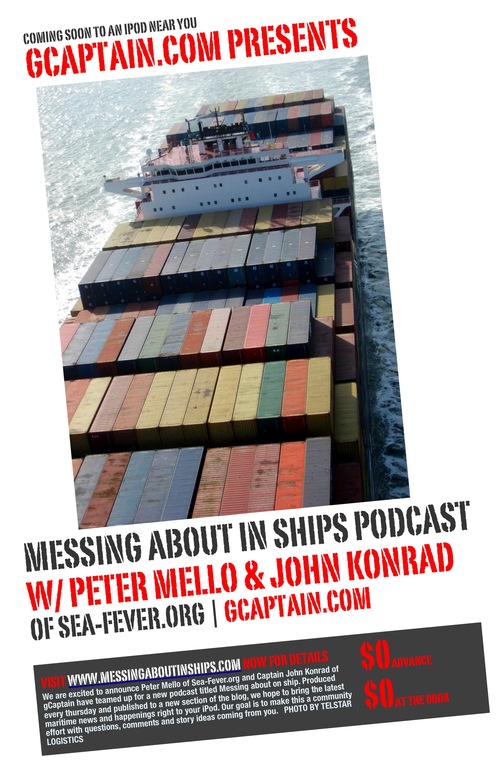










































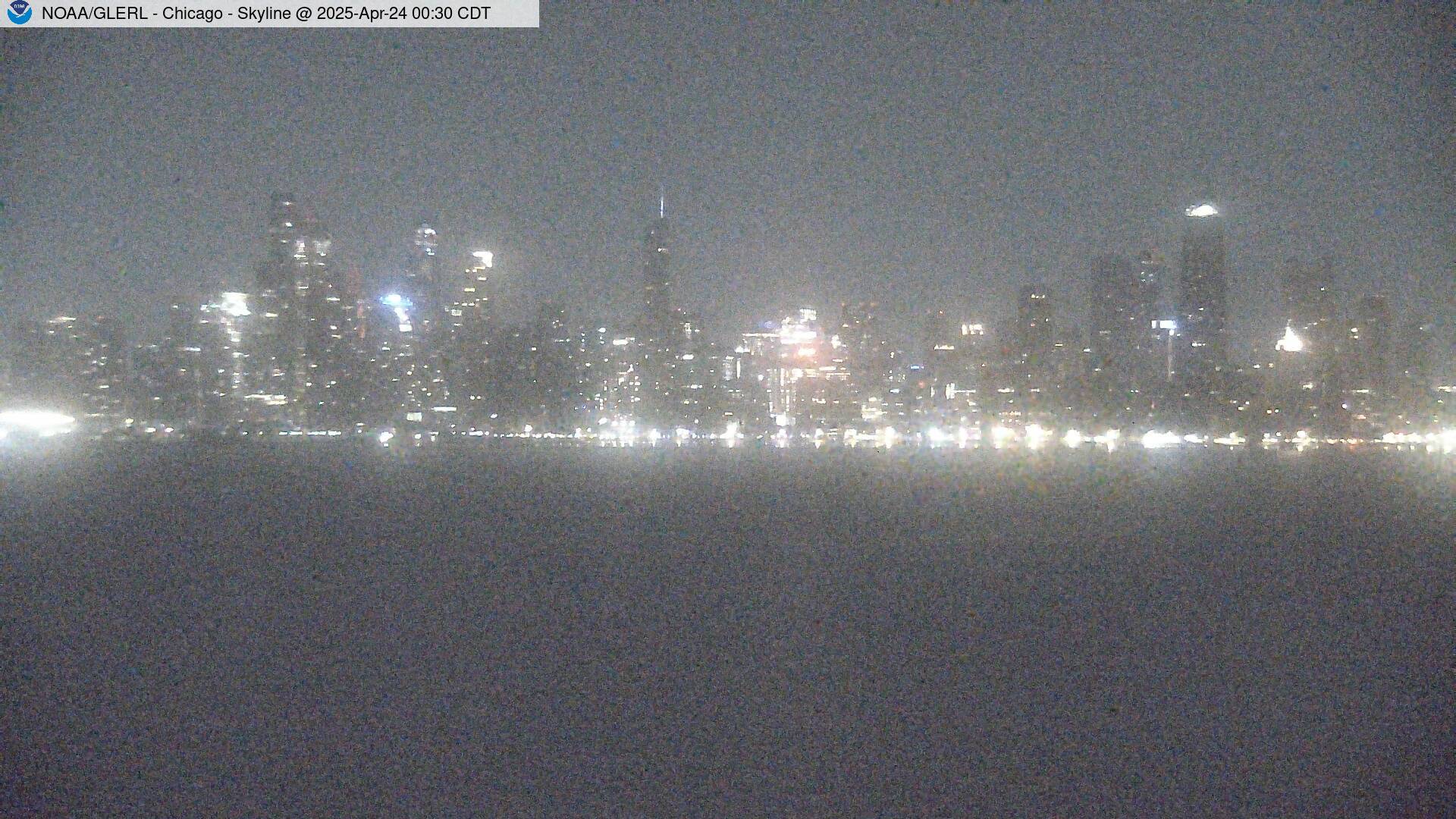











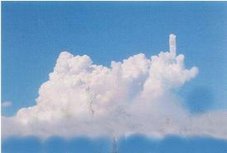

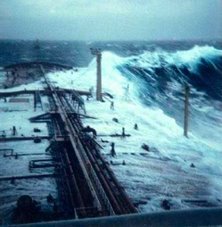
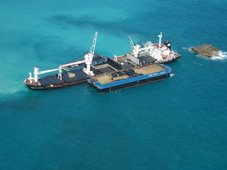


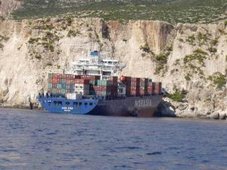




![Validate my RSS feed [Valid RSS]](valid-rss.png)